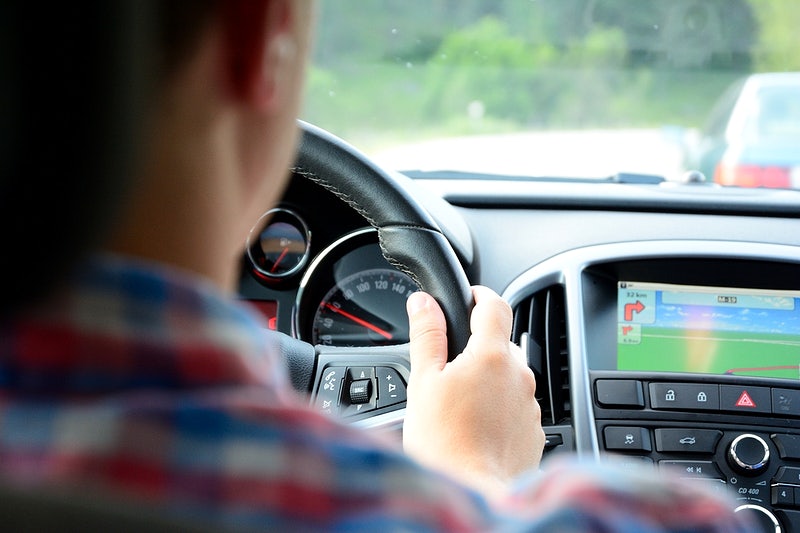The two worst words to hear in one sentence?
Hackers and gridlock.
But according to research from Georgia Institute of Technology, this dreaded combination is a not-so-distant reality with potentially horrifying consequences. And it has everything to do with self-driving cars.
Hacking autonomous cars: old news, future consequences
The discussion around self-driving cars has been in the works for years now.
Tech companies and auto manufacturers alike have painted utopian images of a future without our hands behind the wheel. And many are already delivering.
But the relationship between autonomous vehicles and malicious hackers has been circulating for almost as long. In fact, SecureWorld covered cybersecurity for self-driving cars way back in 2016.
[RELATED: Fully Autonomous Cars OK'd in California, but What About Cybersecurity?]
And with all of our devices more connected than ever before, it might be worth considering that hackers could be interested in disabling more than one vehicle at a time.
In the abstract for "Cyberphysical Risks of Hacked Internet-Connected Vehicles," Georgia Tech physicists make this the clear priority of their research:
Internet-connected vehicles are cyberphysical systems that physically interact with each other and their environment. As such, the extension of cybersecurity concerns into the cyberphysical domain introduces new possibilities for self-organized phenomena in traffic flow.
These researchers are considering a chilling future where hackers could infiltrate connected cars and freeze traffic solid. Such a scenario would be especially disastrous during emergency situations for first responders.
What the research tells us about 'hacked gridlock'
The Georgia Tech team used traffic simulations of Manhattan, New York, to determine the consequences of what they call "posthack traffic." What did they find?
It would take very little to produce complete chaos, according to one of the researchers:
"Randomly stalling 20 percent of cars during rush hour would mean total traffic freeze. At 20 percent, the city has been broken up into small islands, where you may be able to inch around a few blocks, but no one would be able to move across town."
And the Georgia Tech press release stressed that, in these simulations, autonomous cars don't need to be the only vehicles on the road:
"Not all cars on the road would have to be connected, just enough for hackers to stall 20 percent of all cars on the road.
For example, if 40 percent of all cars on the road were connected, hacking half would suffice.
Hacking 10 percent of all cars at rush hour would debilitate traffic enough to prevent emergency vehicles from expediently cutting through traffic that is inching along citywide. The same thing would happen with a 20 percent hack during intermediate daytime traffic."
And they also mention that these estimates are conservative. So a real-life "hacked gridlock" event could be even worse.
Data like this may make some drivers more hesitant to get behind the wheel of a vehicle... with no steering wheel.




